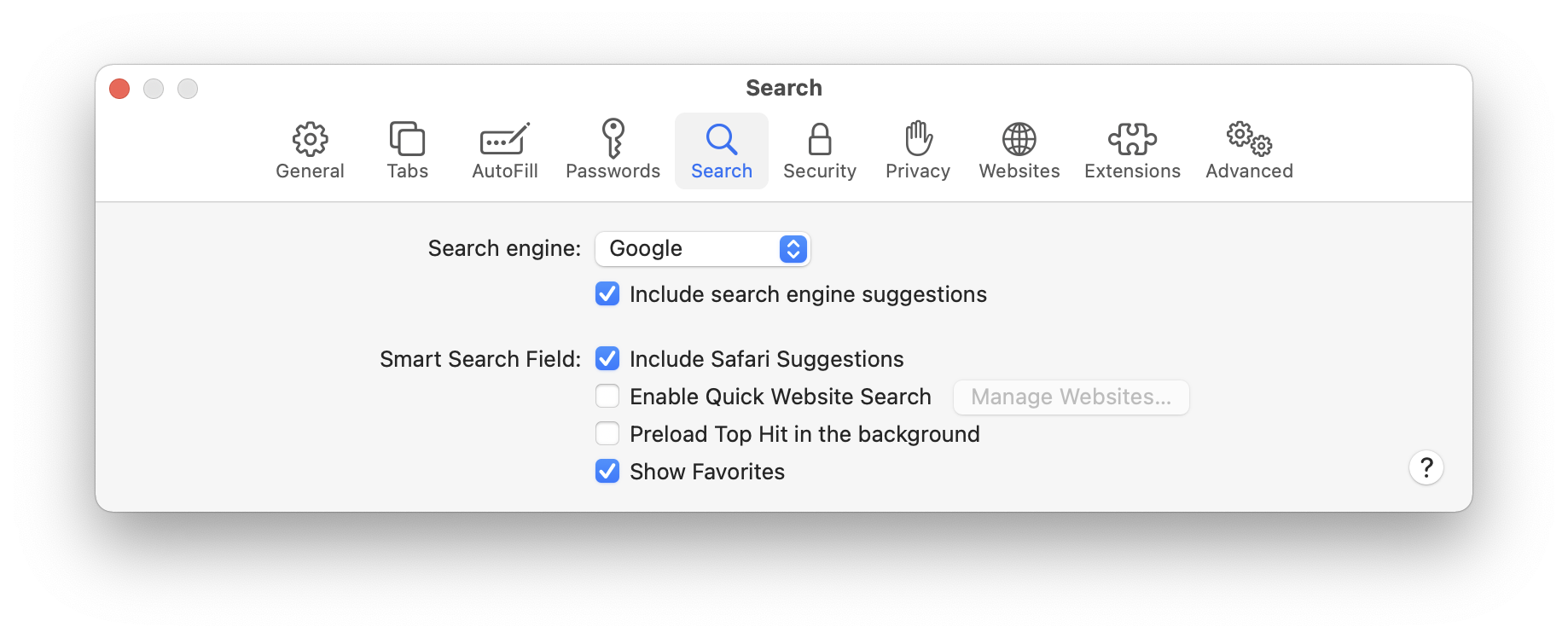

- How to search on a webpage mac how to#
- How to search on a webpage mac code#
- How to search on a webpage mac series#
If this predicament is the case, reverting to correct search settings after purging the unwanted application is part of the general cleanup routine.

How to search on a webpage mac series#
In the latter scenario, though, the browser is steered via a series of advertising network APIs so that adware operators rake in profits anyway. The replacement landing pages can be knock-off search engines or even legitimate ones. The vast majority of these pests alter search settings in Safari, Chrome, and Firefox without due permission in order to pump massive traffic into various junk services.
How to search on a webpage mac code#
That being said, adware is the dominant form of malicious code plaguing Macs, and search preferences takeover is one of the most common upshots of this dodgy activity. These computers are now in the crosshairs of malware authors. Speaking of the motivation for changing the search engine on a Mac, there could be a factor besides prosaic usability criteria or privacy risks mentioned above. Adding an extra provider to the list is a piece of cake as well. The procedure is a no-brainer in Google Chrome, too – clicking the dedicated search engine option displays the current defaults and allows for tweaks through an intuitive pull-down menu logic. In Safari, for instance, going to the Preferences screen and hitting the Search tab there suffices to review and modify the entirety of search set-ups. The accurate walkthrough, obviously, depends on the browser. If you own a Mac machine, browser controls are brought to your fingertips via the Settings, or Preferences, interfaces. This isn’t a platform-sensitive type of thing, which means that the customizations are equally transparent on different operating systems. The silver lining is that web browsers offer an amazingly simple way to change the search defaults so that users are a few mouse clicks away from making a decision to putting it into effect. Some are collecting personally identifiable information (PII) to a bigger extent, and some are less data-thirsty.Įither way, interpreting web search activities as a potential privacy concern makes a whole lot of sense these days. All search engines are doing it, even if their marketing strategy reiterates the opposite. When aggregated and processed by growingly intelligent algorithms, these details give the services actionable insights into things like shopping preferences as well as social and political biases, not to mention the exhaustive profiling of the person’s identity that spans their occupation, gender, age, and location. Tech giants are incessantly amassing data about users’ current interests based on what they search for. The saying that there is no such thing as a free lunch fits this context more than precisely, with the fundamental trade-off being all about advertising. This article provides easy how-tos on changing the default search engine in the top web browsers used across the Mac ecosystem.Īlthough web search providers don’t charge users for enjoying their services, this is far from being a paradigm with no strings attached.
How to search on a webpage mac how to#


 0 kommentar(er)
0 kommentar(er)
